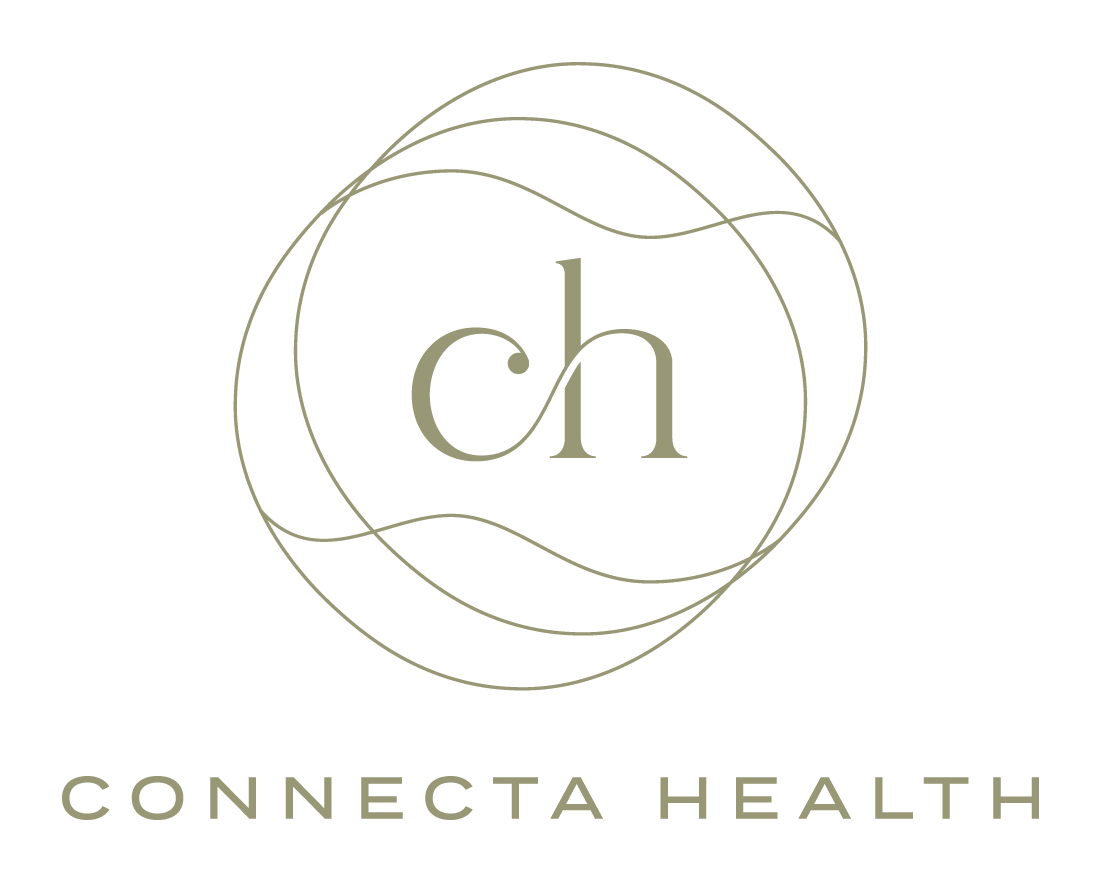Are All Scars Equal? Scar Types and Their Differences.
Types of Scars
Let’s discuss scars and the several types of scars. We all have them, and as we age, we collect many scars, some that we can see, others that reside underneath the surface and deep within our bodies. Each scar tells a story about trauma and injury through healing and recovery.
What is a scar?:
Scars are marks left on the skin or other tissues that are a natural part of the healing process. Scars are formed by producing new collagen fibres following damage or injury to tissues resulting from trauma, burns, surgery, or disease (acne, chickenpox, shingles). Scars have a different feel, quality, and electrical properties than the surrounding tissues. There are three stages to healing for scar tissue:
inflammation to protect and flush the damaged tissues,
proliferation to produce collagen fibres to begin to create repaired tissue, and,
remodeling of the surrounding tissue which can take up to 2 years.
Types of Scars:
There are several types of scars and the following information will explain the differences between each of them.
Fine Line Scar
Considered normal
FEEL: Slightly raised to start and flatten over time
APPEARANCE: Start to darken and fade over time to become paler than the surrounding tissue
Hypertrophic Scar
The most common abnormal scar
Feels thick and firm; may cause discomfort along with a pulling sensation in surrounding areas
APPEARANCE: raised, red and darker in colour than the surrounding skin, scar tissue remains within the border of the original injury
Keloid Scar
Less common than hypertrophic scars, irregular clusters of scar tissue
FEEL: thickened, rounded, hard, and smooth to the touch; may cause difficulty with movement and a tightening sensation in surrounding areas
APPEARANCE: raised, red and darker in colour than the surrounding skin, scar tissue extends beyond the border of the original injury
Atrophic Scar
Common scar resulting from acne or chickenpox
FEEL: slightly or moderately sunken to the surrounding tissue
APPEARANCE: pitted and may appear darker than the surrounding skin
Contracture Scar
Common damage due to burns across large areas of skin, result in skin loss
FEEL: there can be a tightening of the remaining skin; this also affects surrounding tissues (muscles, tendons, joint capsules, vessels, nerves) which can reduce range of motion of the joint
APPEARANCE: due to damage across a larger area of skin and potential loss of skin, the edges of the skin become pulled closer together
General Symptoms of Scars:
Because scar tissue has a different quality than our tissues before injury, there can be side effects and changes to our well-being as a result of having scar tissue. Some general symptoms to take note of are included in the list below:
Fascial Adhesions can result from all types of scars. Any disruption or damage to the fascia can produce body-wide restrictions, marked by a sensation of pulling or shortening of the spaces in between surrounding organs and/or tissues. Constantly adapting to fascial adhesions can lead to muscle fatigue, weakness, and/or pain, joint discomfort, and over time can lead to noticeable postural changes.
Scars can activate stress. Because scars change the electrical properties of our tissues, they can inhibit the continuous firing of our sympathetic nervous system which can lead to cumulative and serious long-term effects to our nervous system, create disease, increase pain and affect overall well-being.
Lymphatic drainage can be impacted by scar tissue, particularly major abdominal scars and/or scars that occur in areas where there are clusters of lymph nodes (armpits, hip creases, along the jawline, and backs of the knee). Our lymphatic system lives in the skin, so injury to the skin also means disruption to the natural pathways of our lymphatic system. This interruption may also lead to edema in areas around the scar tissue and in the limbs below the scars.
Restrictions to movement can occur from scars because muscle and tissue health, along with joint function can be impacted by scar tissue. Injury to our tissues can disrupt nerves, and blood supply, affect muscles and tendons, and disrupt fascia which can all impact our ability to move our joints effectively. Large scars can even tighten skin, prohibiting movement and proper function across joints. This can also impact the natural state of our muscles and create contraction or shortening of the muscles, leading to increased pain and dysfunction.
When to seek Scar Release Treatment (SRT) and why:
The short answer – during the healing process. New scars respond very well to SRT and can help to realign the communication systems in our body more effectively and efficiently. It is also appropriate to treat older scars where you may be feeling some of the general effects of scars listed above. SRT can reduce inflammation, pain, sympathetic nervous system firing, and restriction throughout the body.
— Written by Andrea Delannoy, RMT
Further Information:
For more information on topics discussed in this blog, click the links below:
Book a Scar Release Therapy (SRT) treatment today:
Have more questions? We are happy to chat with you about your specific treatment needs.
References:
Salvo, S. G. (2020). Massage Therapy Principals and Practice. Elsevier, Inc.
https://www.hopkinsmedicine.org/health/conditions-and-diseases/scars (May 2024)
https://www.mpscourses.com/online-courses/scar-release-therapy-online-2/ (May 2024)
https://www.nhs.uk/conditions/scars/ (May 2024)





